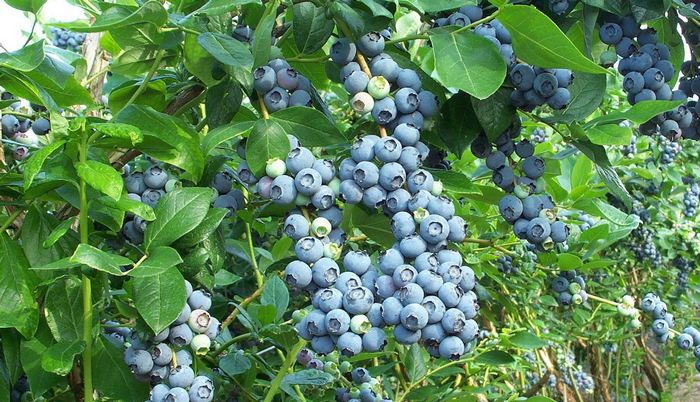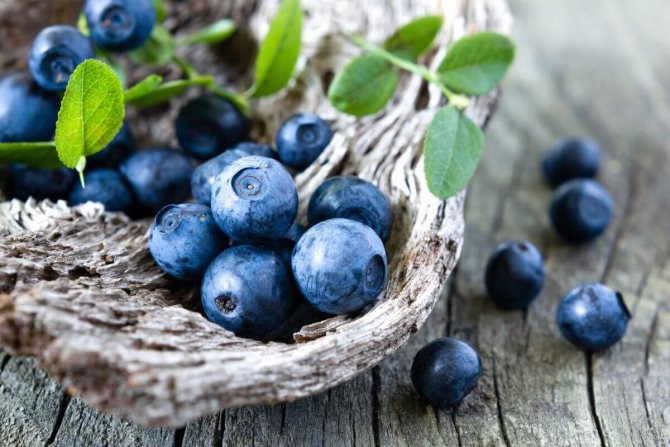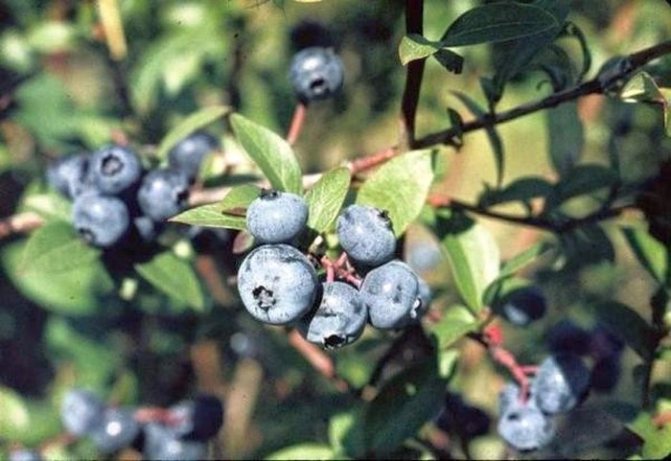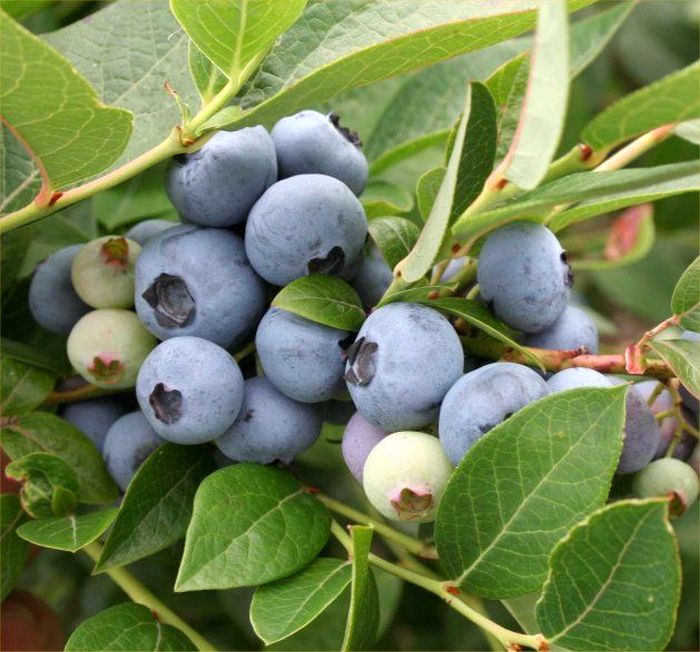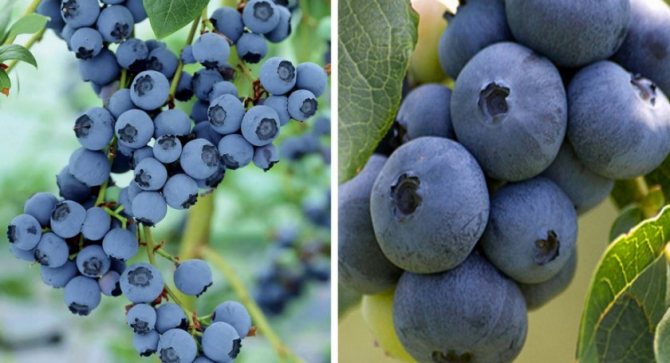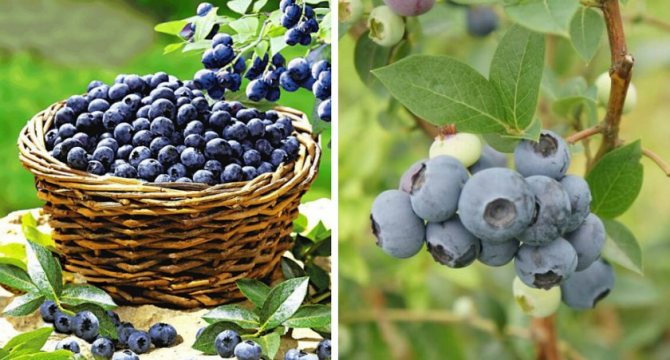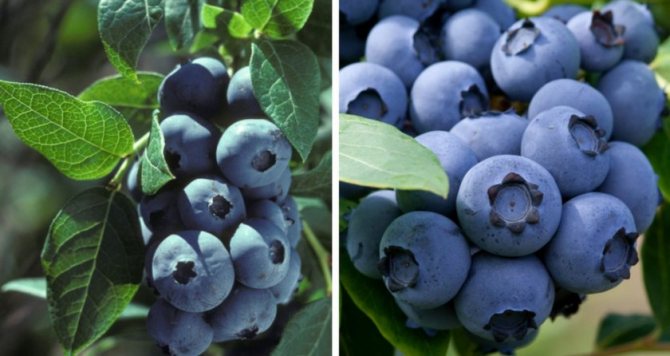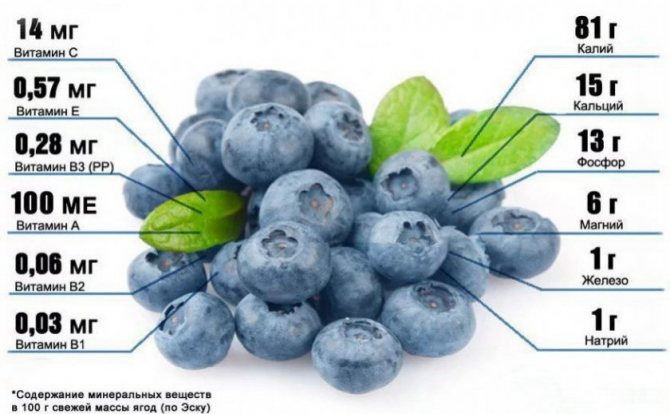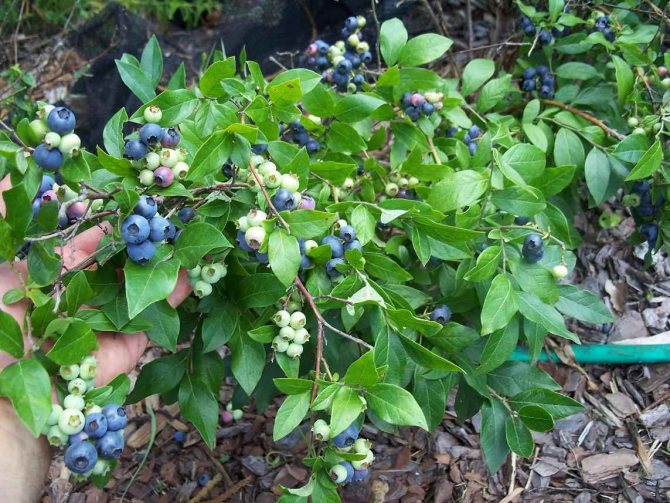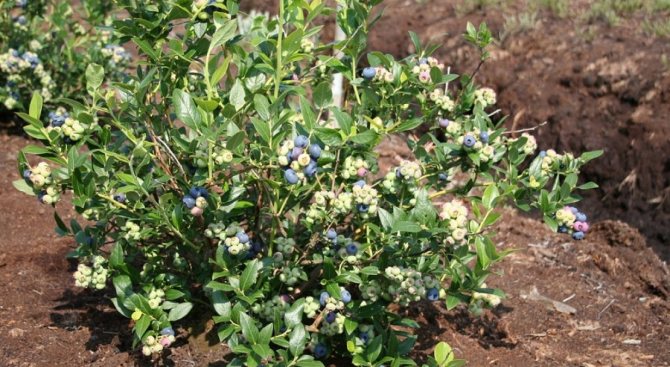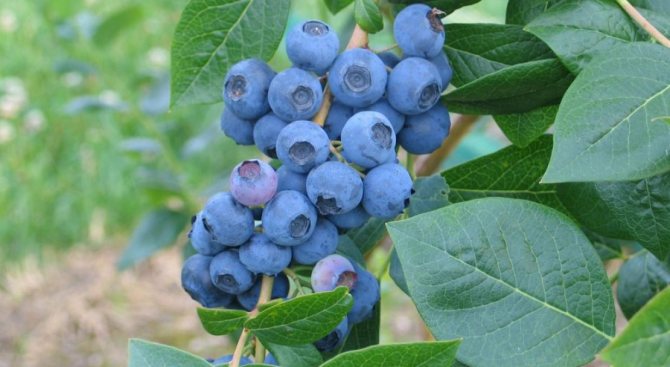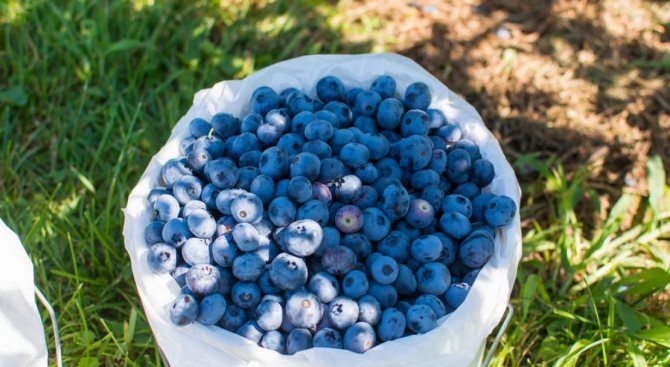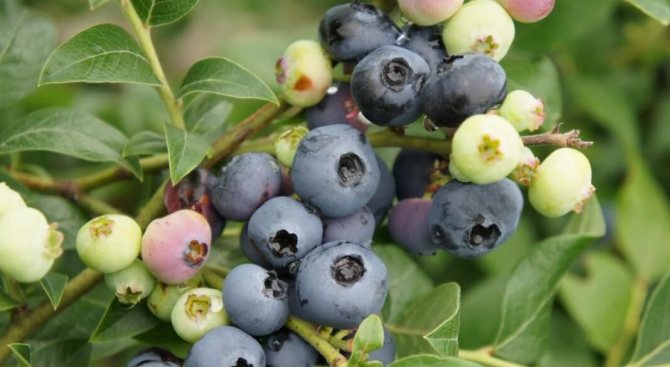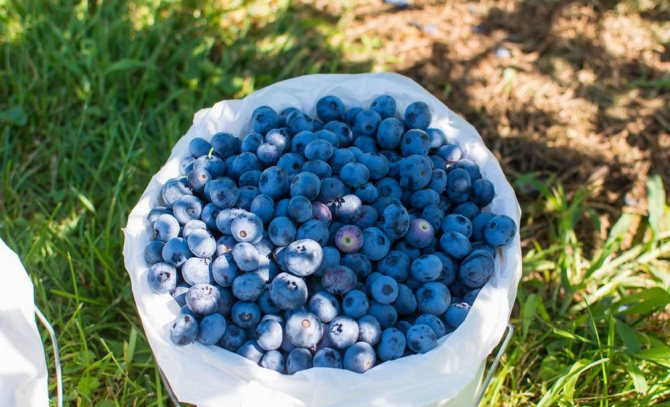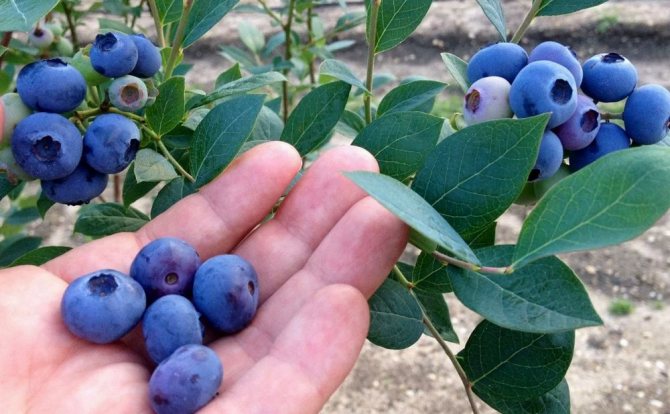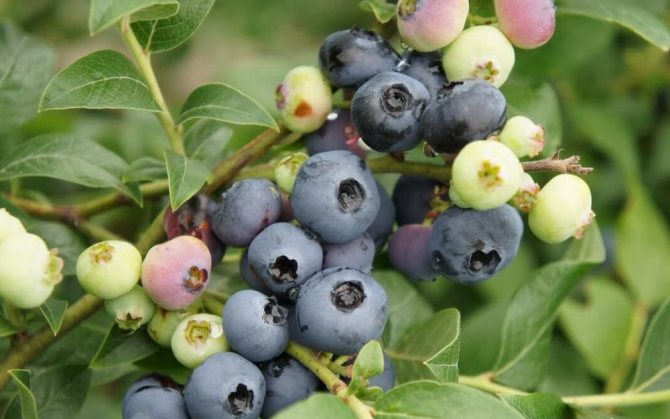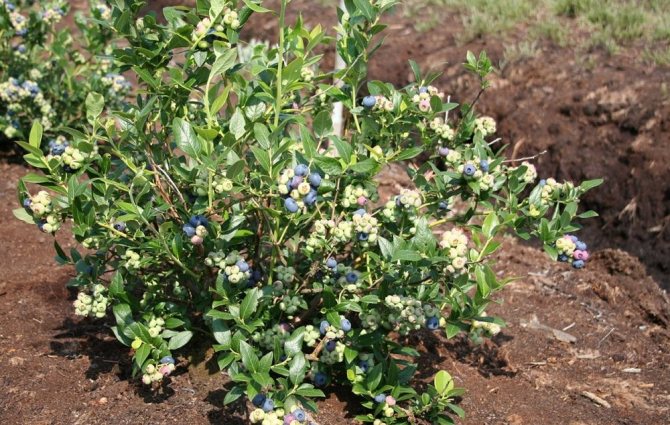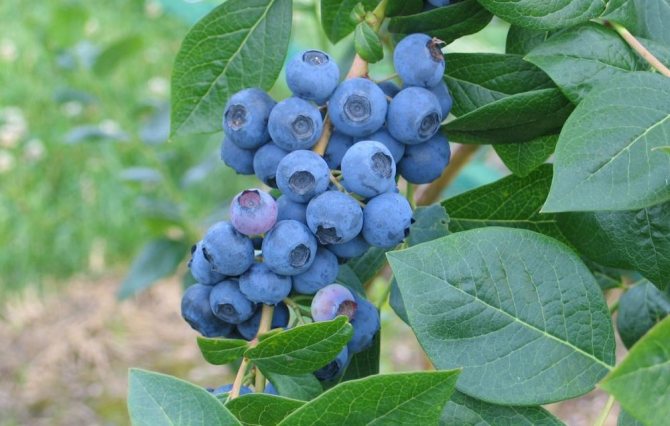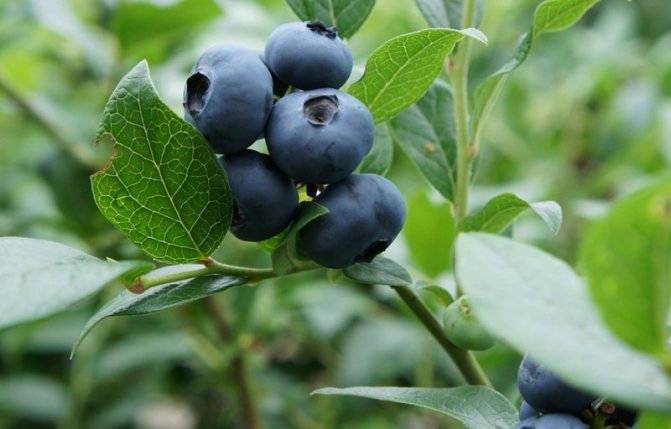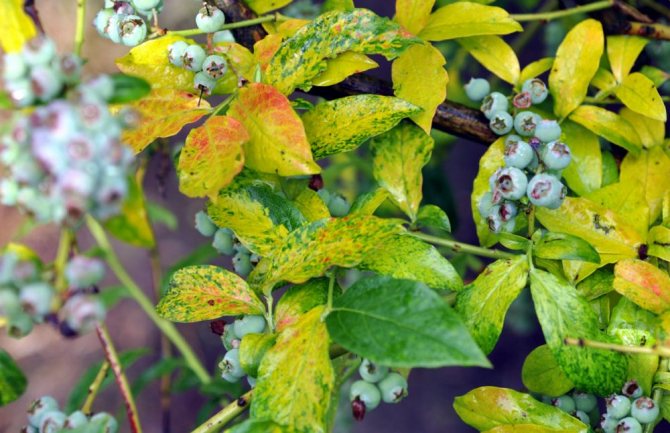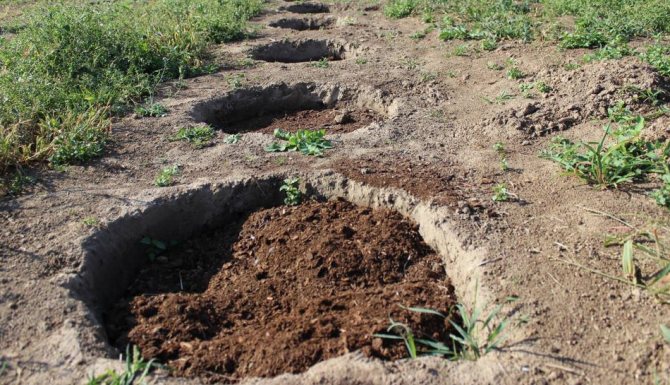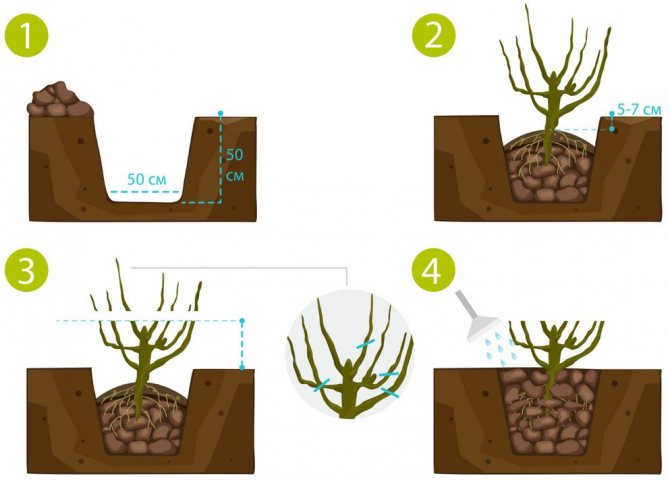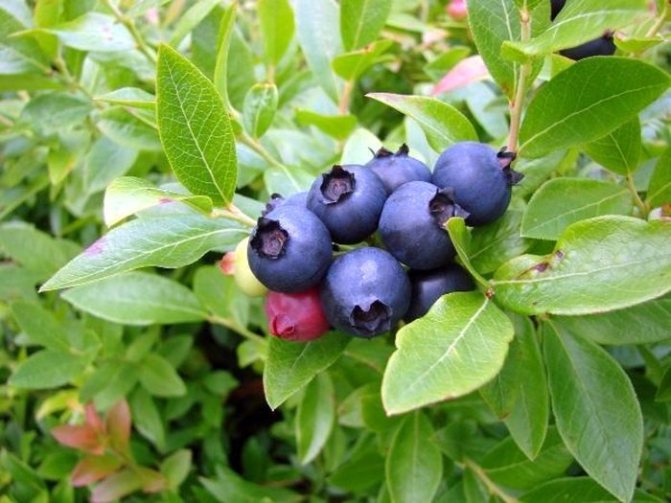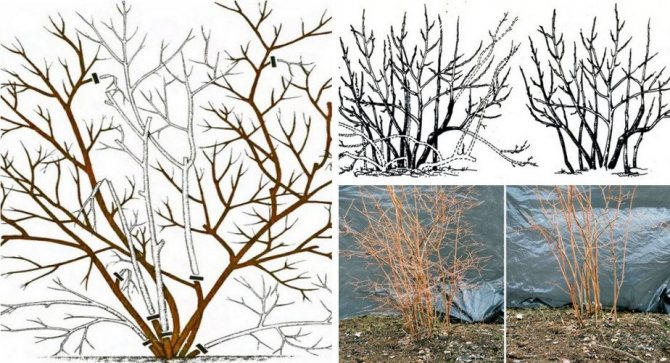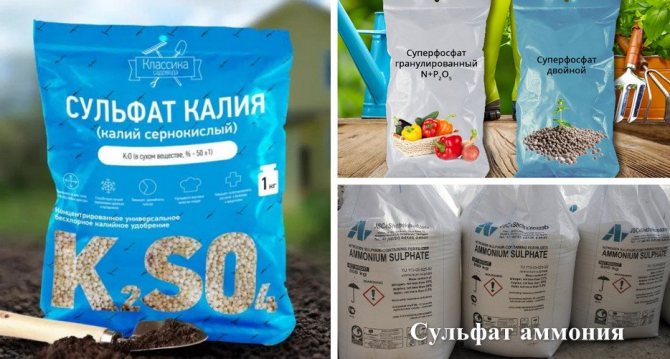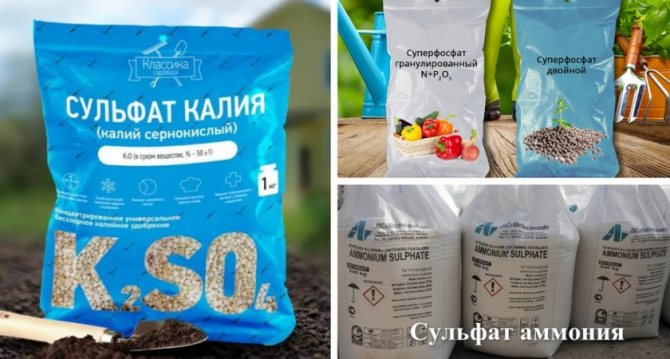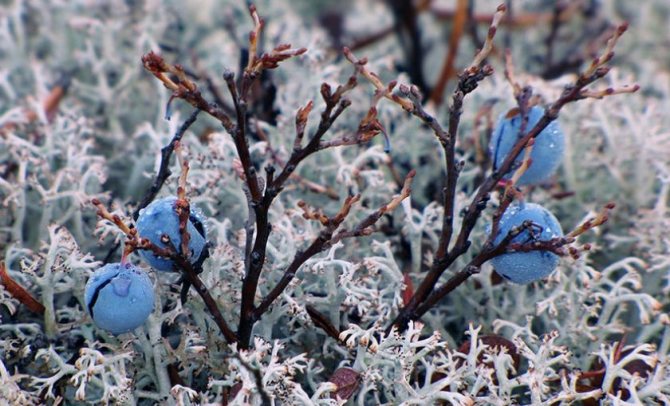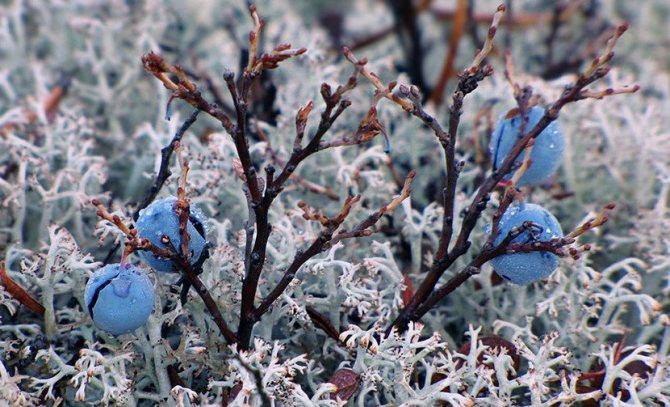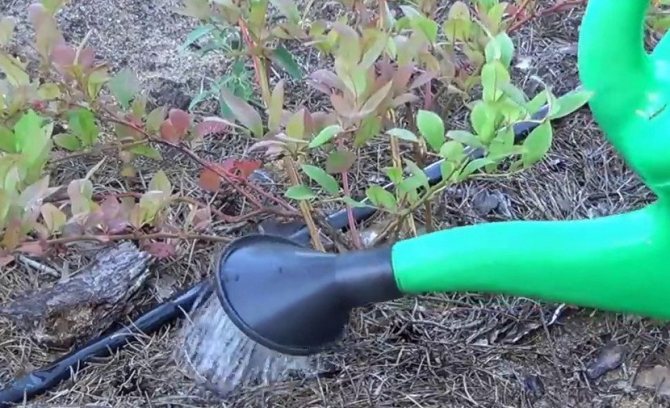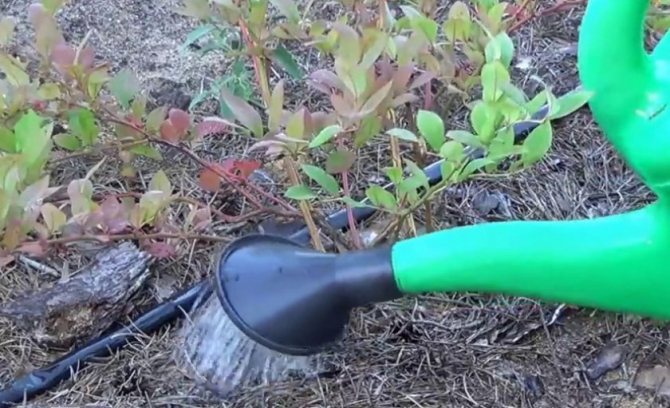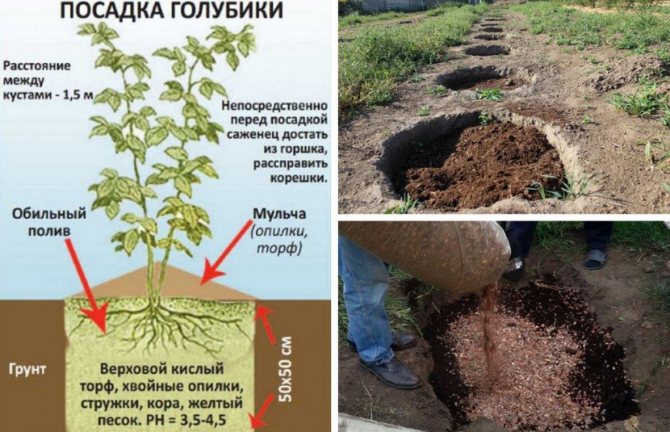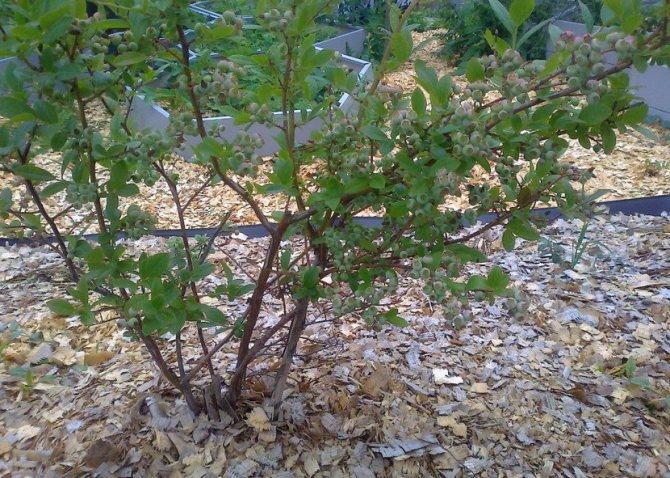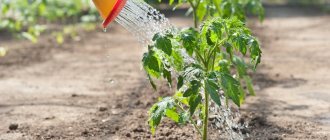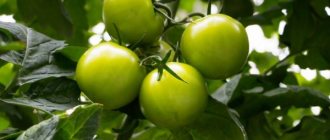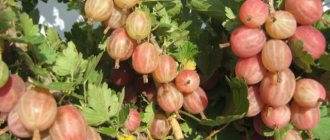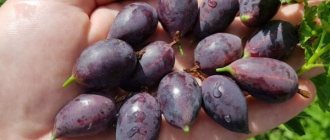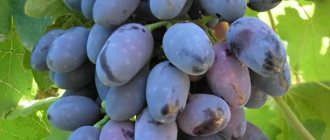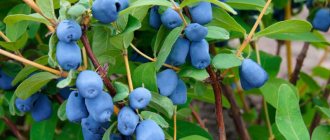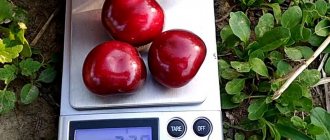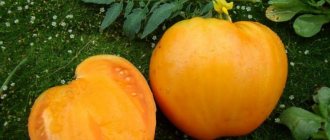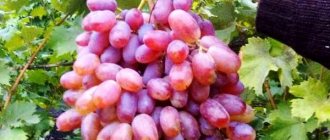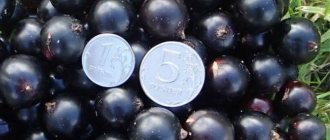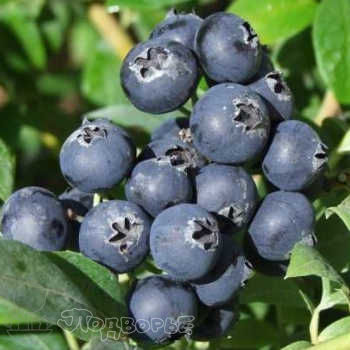
Delivery To find out what methods of obtaining are available for a specific product, click on the link "Delivery options" under the article of the delivery option you are interested in. Detailed information on each type of delivery can be found here.
- Pickup from a garden center in Moscow (Komdiva Orlova st., 6) - 0 rubles.
- Delivery by courier in Moscow and the region - 400 rubles. within the Moscow Ring Road (free of charge from 5000 rubles), from 680 rubles. outside the Moscow Ring Road (free of charge from RUB 8,000),
- CDEK: receipt at the point of issue (more than 1100 points in 470 cities of Russia) or delivery to the door
- Boxberry: collection at the point of issue (more than 2100 points in 470 cities of Russia) or delivery to the door
Sending CDEK, Boxberry, Russian Post is not available for all product groups. For goods that are sent by CDEK and Boxberry, on the same page there is a map with the addresses of pick-up points in your area.
Payment For goods with the delivery period "Goods in stock", both payment on the site after placing an order and payment upon receipt are available. The exception is sending by Russian Post, in this case 100% payment is required before sending.
For goods with other delivery periods, for example "April", 30% prepayment is required within three weeks after placing the order (100% - for Russian Post). The rest - upon receipt of the order.
Blueberry is a deciduous fruit shrub from the Heather family. Nearly all plant varieties flower and produce edible fruits. Wild and domesticated, blueberries are found almost throughout the Northern Hemisphere. In Eurasia, it is actively grown throughout the territory from Great Britain, Ireland and to the Far East and Japan.
About blueberries
The plant is unpretentious to care for. Gives preference to acidic soil. It tolerates drought and frost well. Blueberries are highly valued due to their rich content: vitamins (PP, C, A, B2, B1), iron, calcium, phosphorus, organic acids, pectins, tannins. The fruits are widely used in cooking and pharmaceuticals. Like blueberries, black currants, blueberries can be eaten raw, frozen, dried, or added to various dishes. Berries are very fond of children and adolescents, and therefore it is not surprising that blueberries are sometimes used as a character for fairy tales, cartoons and computer games (for example, Anderswap blueberry).
When deciding to plant such a plant in his garden, the owner should first ask which variety is the most successful for a particular region.
Pollinators
Like all artificially bred blueberry varieties, this variety performs best when cross-pollinated. therefore it is advisable to have on your site a solid stock of varieties of this culture... And if you choose 3-4 varieties with different ripening periods of berries, then you can not only get all the benefits of cross-pollination, but also extend the residence time of fresh berries on your table.
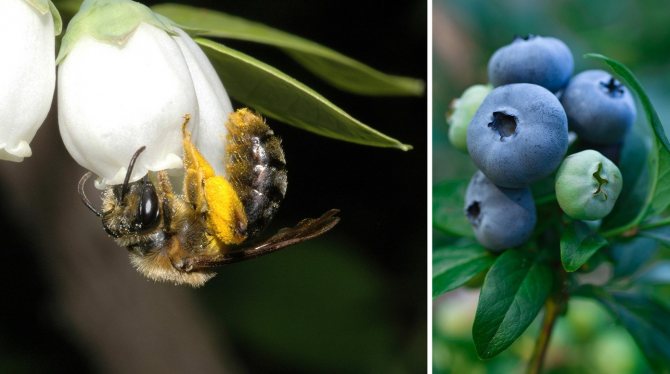

Garden blueberry
The first varieties of tall blueberry were bred from the wild varieties of Canada and the United States. Plants of the species grow more than 150-200 cm, are distinguished by good yield and can provide their owner with up to 10 kg of fruits in just one season. At the same time, they also have some disadvantages: they bloom relatively late, have low resistance to frost, and are picky about the soil.
The breeders call the following varieties of the species:
- Berkeley - in adult form, it reaches a height of 2.1 m, has light green leaves. Fruits are large - up to 19 mm, ripen in mid-August;
- Spartan - an upright variety, with a height of up to 2 m. It has been actively planted in the world since 1977. Ripening of berries occurs relatively quickly, from July. From one bush it is possible to get from 4.5 to 6 kg of fruits;
- Bluecrop - one of the most famous and best-yielding varieties. It has been used by farmers and gardeners since 1944. In one season, it is able to provide up to 9 kg of berries;
- Elliot - an upright bush, can rise to a height of 2 m. The fruits of the plant are light blue and juicy. Although the berries are medium in size, they can be kept fresh even for 12 weeks.
Northblue, or blueberries go north
The breeding work was carried out within the framework of the blueberry breeding program of the US Department of Agriculture, in 1973 it was selected from hybrid seedlings obtained in 1967 from seedlings of the descendants of the crossing of G-65 and Asworth (V. Corymbosum), paternal line US-3.
Included in the State Register of Varieties of Belarus. Recommended for regions where tall varieties show low productivity due to low frost resistance. Good as a container crop for a winter garden.
Northblue is the most winter-hardy among the varieties of this type, including Northcantry, Northland, etc. Used fresh, for freezing, processing. In industrial cultivation, it is not particularly widespread due to its relatively low yield, it is valued in horticulture, in small areas.
Features of early varieties
Choosing fruit bushes for their garden, the owners are often interested in which variety is the most productive, when blueberries ripen. Early varieties are those that allow you to pick their juicy berries in the month of July.
The best representatives of early blueberries are:
- Sunrise - the breeding of the variety took place back in 1991. It is a fairly strong and tall variety. It has large, light blue fruits. In diameter, these can reach up to 20 mm. Provides 4-6 kg of fruits per season;
- Duke - also a tall variety, gives its berries at the end of June. The berry can be up to 15-20 mm in diameter. Fruits have a particularly good taste, so they are recommended to be eaten raw and after cooling;
- Chanticleer - has an average height - up to 1.6 m, has a closed root system, therefore it is grown in pots. Already at the end of June it presents the owner with sweet and sour berries;
Description of late blueberry
Late is the name of such garden blueberry, the varieties of which ripen in early or mid-autumn. Gardeners call the best varieties of late blueberries:
- Nelson - provides its owner with fruits, starting from the age of four. The bushes of the variety begin to bloom quite late, so you can harvest at the end of September. The fruits are of medium size, a trace of the fruit stalk remains on them;
- Dixie blueberry - a bush rich in harvest, with a height of 1.8 m. The berries become suitable for consumption at the beginning of September. They have a sweet, sour taste and a strong aroma;
- Toro - was introduced to the United States back in 1987. The harvest is consistently high every year. The berries are blue, smooth on the outside, with a slight scar. But not all fruits ripen together, and therefore it is necessary to harvest in two stages;
- Brigid - the fruits ripen at the end of August. They are characterized by a sweet-sour taste, a large diameter and a long shelf life of more than 10 days.
What is the difference between undersized varieties
Vaccinium angustifolium has become the basis for breeding stunted blueberries. V. Boreale and V. Myrtilloides are used in part. As a rule, these plants are relatively small - up to 1 m, however, they have large berries and are rich in antioxidants.Both early and late varieties can be found in nature. They can differ in fruit color, shoot stiffness, leaf shape.
The most popular varieties of undersized blueberries in Russia are:
- Notblu - the maximum height of the bush is 0.8-0.9 m; gives fruit mainly in August. One fruit can be up to 18 mm in diameter. The yield is stable annually - about 2-2.5 kg. Able to withstand frosts down to -34 ℃;
- Blueberry Chippewa - from species with short stature, Chippeva blueberry stands out, the description of the variety makes it clear that it grows to a maximum of 80 cm.The berries are light blue, endowed with a particularly sweet taste, and therefore are often used to make jam;
- Notland - although not high, however, it is quite strong and lush bush. Already at the beginning of July it gives its first fruits. During the season, the owner collects up to 8 kg of fruits;
- Bluegold - in comparison with other varieties of its kind, high - up to 120 cm. Began to use it since 1988. The fruits ripen relatively quickly and taste sweet and sour.
Useful properties and contraindications
- Shrub fruits can affect human health in this way:
- restoration of vision - one of the most famous qualities of blueberries, the use of berries relieves stress from the eyes, improving vision;
- improving heart function and strengthening blood vessels;
- slowing down the aging of nerve cells;
- improving brain function;
- lowering blood sugar levels, due to which the fruits are often used in the treatment of diabetes;
- maintaining the entire digestive system;
- counteracting the formation of cancer cells.
- Like any product saturated with a large amount of biological substances, blueberries can, in some cases, negatively affect the human body:
- with dyskinesia (impaired motility) of the biliary tract;
- people suffering from increased blood clotting, who are taking medications to thin it;
- if you have an allergic reaction.
Blueberries should be taken with caution by pregnant women, since abuse of the fruit can cause an allergic reaction not only in the expectant mother, but also in the fetus (it is better to consult with your doctor before using it). Eating large quantities of berries at one time can cause intestinal upset, so these tasty fruits should be eaten in small portions.
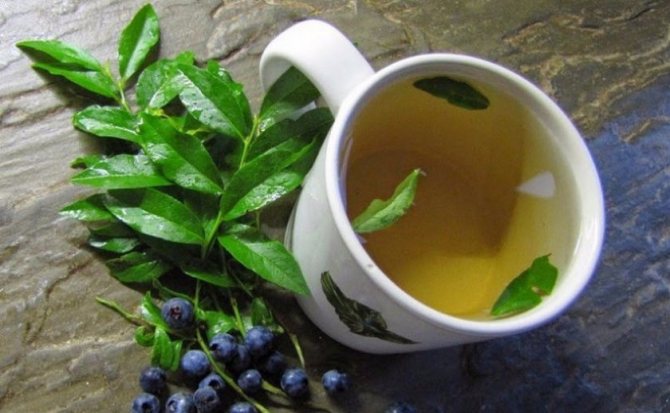

Healing properties are possessed not only by the berries, but also by the leaves of the plant, from which infusions, teas, and decoctions are prepared. The funds act as mild laxatives, and also contribute to the elimination of radioactive metals from the body.
The best choice for the Moscow region
Moscow region is a region with harsh climatic conditions. Winter starts here early and is characterized by severe frosts. With this in mind, planting blueberries in open ground should take into account the following two characteristics:
- frost resistance is the ability of a plant to endure especially low temperature conditions;
- winter hardiness - resistance to temperature changes during the day and night.
It is worth mentioning the best blueberry varieties for the Moscow region.
Blueberry Jersey
It has small, but very abundant berries. It tastes sweet and sour. The 2m bush is ideal for pollination of other blueberry varieties. Able to withstand temperatures down to -35 ℃.
Rankocas
It grows very quickly. In just 2 years it can reach 1.5-1.8 m in height. Very thick, multiplies quickly. You can expect juicy fruits at the end of summer. The plant is unpretentious in care, however, it really needs pruning.
Northcountry
Relatively small in stature (up to 70 cm), but rather fluffy. Fruits are small in diameter, light in color and sweet in taste. From one bush, it is possible to collect about 2 kg of the crop.
Chandler
One of those varieties that can curl and reach a length of 1.5 m. The blueberry variety ripens in August and is suitable for temperate climates.
The penultimate and last blueberries are the best varieties for the middle lane, because they withstand particularly severe cold, up to -40 ℃.
Agrotechnics
The Putte blueberry variety is self-fertile, but to improve fruiting, it is better to plant several bushes on the site. The culture has an average ripening period - the fruiting of the bush begins in late July - early August. From one bush, with proper care, you can collect up to 3 kg of fruit.
Landing rules
Choose a good spot for your blueberries before planting. Culture loves sunny places without drafts, so spacious areas in the garden or areas near fences, low buildings will become good sites. Before planting, you can slightly acidify the soil with vinegar essence at the rate of 40-50 g of funds per bucket of water (per 1 m²).
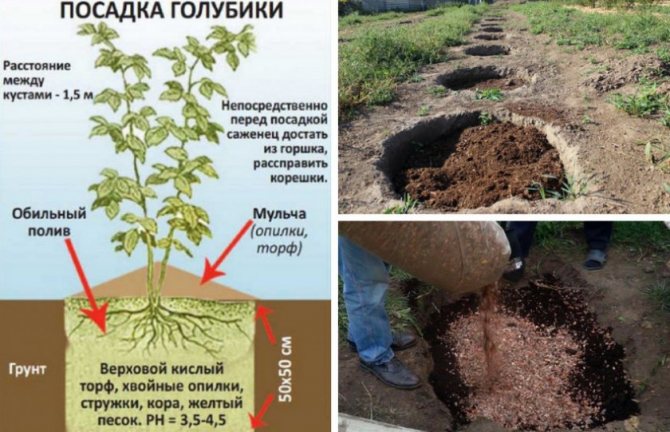

It is necessary to make sure that the soil is not waterlogged - you cannot plant blueberries in wetlands, as well as in places where groundwater flows too high (higher than half a meter) to the soil surface. The plant prefers acidic soil and does not tolerate high alkali content.
TOP 10 best blueberry varieties
Extensive experience in horticulture has allowed Russian farmers and gardeners to rank the most prolific and resistant varieties:
- Blueberry "Kaz Plishko"... This mid-season variety is the pride of Polish selection. It got its name from the name of the scientist who, in fact, brought it out - Kazimir Plishkevich. Plant height reaches 1.5 m. The shoots of the bush are relatively tough. The berries are dark blue in color, similar to balls. The inside of the fruit is white and has a sweet taste. The average size of one fruit varies between 2.5-3 cm. Berries ripen simultaneously;
- Blueberry Blue Berry... Summer residents and gardeners fell in love with him for a particularly high yield. Every July, the bush presents its owners with juicy dark fruits. The berries grow medium in diameter. It is possible to collect up to 5-7 kg of fruits from one bush in one year. The plant can withstand up to -35 ℃;
- Blueberry Legacy... Especially productive variety. It has an average ripening period and less winter hardiness compared to Blue Berry. The bush itself grows to a height of 2 meters. The fruits are small, however, very tasty. A distinctive feature of the berries is a small scar. They are recommended to be consumed raw. Legacy is a good option for areas with mild winters, which is why it is sometimes called the southern variety;
- Blueberry Polaris - an invention of US breeders from the University of Minnesota. Differs in special frost resistance, because it was created by breeders for cultivation in 7 climatic zones. Thanks to this, the plant grows well in countries such as: Belarus, the northern regions of Ukraine, the Moscow region and the middle zone of Russia. The height of the variety is 1-1.2 m. The berries are small in diameter - up to a maximum of 14 mm. During the first year of its existence, the plant yields up to 2 kg, but over the years - up to 7-10 kg;
- Swamp blueberry Is a very popular variety that is often found in Russia, as well as in North America and Europe. This blueberry variety is relatively short. Maximum it can reach 90 cm. The leaves are small - from 1 to 2 cm. The oblong berries have white flesh. Sweet and sour on the palate;
- Blueberry Rankocas... The height of the variety can reach 1.5-1.8 m in height. Berries of medium diameter, round. They are light blue in color. Loved by the Russians, thanks to its rich aroma and pleasant taste. Berries ripen in most regions of Russia in August;
- Blueberry Sunrise Is a Canadian tall variety. Since the 80s of the last century, it has been actively used on plantations, small and large farms in the United States. The plant reaches a height of 2 m. The fruits themselves differ in size. Fruits of this variety can grow up to 20 cm in diameter. They are usually light blue in color and have a small amount of characteristic bloom.The sweet and sour taste of the fruit opens up to a greater extent after cooling;
- Blueberry jorma - the pride of Finnish breeders. The main advantage that this tall garden blueberry can boast is its good winter hardiness. The berry can be from 1 to 1.5 cm in diameter, sweet taste with a slight sourness. The fruit is very rich in anthocyanins. Gardeners can harvest 2-3 times per season;
- Churon blueberry. The bushes of the variety are partially self-fertile. They bloom, in comparison with other varieties, late, therefore they actually do not succumb to the negative effects of pests. The shoots of the plant are erect. It can grow up to 1.6 m. This bush boasts large purple berries with a sweet taste. Providing proper care for her, do not forget that this variety requires cross-pollination;
Other varieties
In addition to the previously mentioned varieties of blueberries, it is simply impossible not to recall such plant varieties as: River, Puru, Bludzhey, e1 blueberries, Covill, Nenets fairy tale, blue Scattering, Ivanhoe, Herbert variety, Pink Lemonade, Pink blueberries, Blue Giant, Draper , Boniface, Aurora, Blue Sway, Big Blue, plainly, Herbert, Stanley, Puru, hardy blue, giant blue, blue diamond, Miller, Sans Yandera, Hannah Choyce, American tall, tall Goldtraube, Sweet Grape, Puru, Giant blueberry, Brigitte, Goldtraube, Chandler, Blau Pearl, Sadovaya Meader, Tophat, Erliblu, Herbert, Sierra, Centechl, Lesnaya, Aino, Concord, Atlantis.
If desired, each gardener can plant such a plant on his territory and annually enjoy the tasty, large and, most importantly, healthy fruits of the bush.
Early varieties
Early ripe berries should be planted in regions with a short warm summer. Thus, it will be possible to harvest the crop before the onset of the first autumn frosts.
Patriot
The early Patriot variety has short bushes with active branching and strong vigor. The yield from each bush is 7-9 kg. Fruits up to 19 mm in diameter are valued for their juicy pulp and high taste.
Northland
Stable and unpretentious to care for, the Northland variety is a low-growing bushes that yield 4-5 kg of harvest. The berries are medium in size, with a thin skin.
Chippewa
Bushes of the Chippeva variety reach a height of 0.8-1 m. The yield indicator with proper care is 2-2.5 kg. The berries are large, light blue in color, resistant to frost and temperature extremes.
Spartan
The high-yielding Spartan variety begins to harvest in the middle of summer. It is possible to collect up to 6 kg from one bush. The taste of the berries is tart-sweet, the size is 16-18 mm in diameter.
New Zealand variety The river ripens from the second decade of July. Fruiting is regular, the yield reaches 10 kg per bush. The berries have a firm pulp and a pronounced aroma.
Sierra
Sierra blueberries produce large, versatile berries. The bushes are vigorous, about 2 m high, spreading. The leaves are large, in autumn they acquire a red tint, which gives the plantings of the Sierra variety decorative properties.
Alvar
The medium-sized Alvar variety bears large fruits with firm and sweet flesh. The berries ripen in early August, and fruiting lasts 2-3 weeks. The crop is suitable for long-term freezing and fresh storage.
Sunrise
Early maturing Sunrise bears fruit in mid-summer. Fruiting lasts for several weeks. The yield is 6-8 kg. The period of greatest productivity falls on the 5-6th year of development.
Rubel
Bushes of the Rubel variety are erect, dense and tall. The yield from each bush is 5-7 kg. Berries with a diameter of 12-15 mm have a flattened shape and dense flesh. The fruits are sweet, with a slight sourness and a pronounced aroma.
Bluetta
Bluett's blueberries ripen in the second half of July. From the moment of flowering to the formation of fruits, it takes 42-50 days.The berries are dark blue in color, with a slight waxy coating, spherical in shape.
Chanticleer
The common variety Chauntecleer is suitable for planting in summer cottages and on an industrial scale. The height of the bushes reaches 1.6 m. The ripening of the crop occurs amicably, and the harvest does not drag on for a long period.
Goldtraube
Goldtraube blueberries yield 2.5-3.5 kg per bush. Goldtraub berries are light blue, tasty and sweet, frost resistant. The ripening period falls on the first days of August.
Erliblu
One of the sweetest varieties Erliblu yields 4-7 kg of fruit per bush. Plants are medium-sized, 1.2-1.8 m high. Erliblu does not need frequent pruning, which simplifies maintenance.
Bluegold
Bluegold blueberries are included in the category of tall plantings. Plants have decorative properties and are covered with pale pink flowers during the flowering period.
Blue Ray
Bushes of the Blurei variety are erect, spreading, with a height of 1.2 m. Blueberry Bluria regularly brings a good harvest within 5-8 kg per bush. The variety propagates easily with lignified cuttings.
Chanticleer
Plants of the Centecleer variety with ascending branches reach a height of 1.6 m. Flowering begins after spring frosts. The fruits are medium-sized, sweet, with a slight sourness.
Jersey
The self-pollinated Jersey variety yields a crop in mid-August. It is possible to collect 4-6 kg of berries from one bush. Fruits are pale blue, round in shape, with dense pulp.
Herbert
Variety Herbert is a powerful shrub up to 2.2 m high. Blueberries multiply easily and ripen in the amount of 5-9 kg per plant. After ripening, the fruits do not crumble, and the skin does not crack.
Bluecrop
Blueberry Bluecrop is valued for its high yield, which reaches 9 kg per planting. The fruiting period stretches from late July to early September. From the moment of flowering to the ripening of the first berries, it takes about 55 days.
Description of berry culture
The hybrid is striking in its abundant harvest of fruits, therefore it quickly spreads in regions with a short warm season.
General understanding of the variety
The shrub rises only 60-90 cm. The root system of blueberries is fibrous, branches densely, and is located in the upper soil layer. A hybrid of medium vigor, creates up to 5 young shoots per season. Straight powerful skeletal branches diverge in rays to the sides, forming a spreading crown, which in circumference is approximately equal to the height. The annual growth of North Blue blueberries is from 30 cm, green with a matte effect. Old branches are light brown. The leaves are ovoid, pointed, glossy on the upper side of the plate, 4-6 cm long. On the side branches of blueberry bushes, flower panicles are formed, 6-10 white-cream flowers of a beautiful bell-shaped shape.
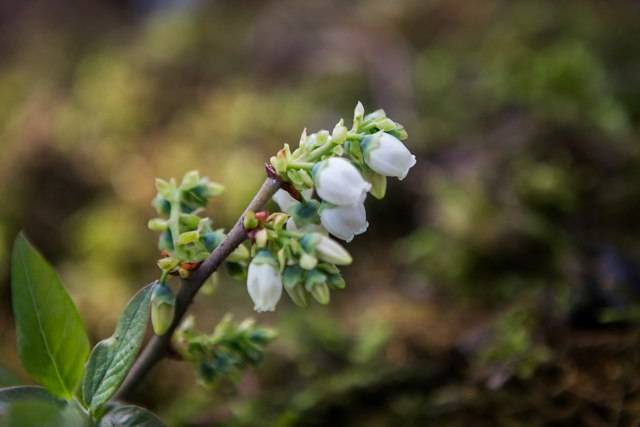

Fruits are collected in clusters in clusters. The tall North Blue blueberries have large berries with a small scar. Fruits from 15 to 18 mm wide, weighing up to 2.5 g. The flesh of the North Blue fruit has a dense structure, attractive taste, aromatic, sweet, without cloying, with a slight sourness. The tasters gave them the highest mark.
The peculiarity of the berries of the North Blue hybrid is a high content of pigments of the glycoside group - anthocyanins. The strong skin of the berries under their influence acquires a rich shade of ultramarine, on top of a waxy bloom. 100 g of dry North Blue berries contain 6.73 g of anthocyanins, which exceeds the characteristics of other blueberry varieties by 2-3 times. These are not just colorants, they are active antioxidants.


Medium ripening varieties
Mid-ripening varieties ripen after the early ones, which allows to extend the term of berry consumption. Such varieties should be grown in places with a temperate or warm climate.
Denis Blue
The Denis Blue variety with an average ripening period is distinguished by friendly fruiting.The yield indicator is high and reaches 7 kg, subject to agrotechnical practices. Harvesting occurs in mid-July - early August.
Legacy
Tall blueberries Legacy bears 12 kg of fruit. The bushes are dense, upright growing, reaching a height of up to 2 m. The crop has a universal purpose, including fresh consumption, processing and long-term storage.
Kaz Plishka
The Kaz Plishka variety, bred by Polish breeders, has tough shoots and spherical fruits. The berries begin to ripen in unison in the second half of July. The pulp is aromatic, for dessert purposes. The crumbling rate of plantings is minimal, which allows for mechanized collection.
Polaris
The yield of the Polaris variety is 6-7 kg. The taste is sweet, balanced, with pronounced sourness. The bushes are compact, low. Blueberry Polaris is suitable for cultivation in summer cottages or on an industrial scale.
Productive, self-fertile variety Nord is a compact bushes no more than 1 m high. The berries are large, with a diameter of 18-20 mm. The ripening period occurs at the beginning of July.
Legation
Blueberry Legation consistently yields 4.5-6 kg per plant. The ripening process lasts from mid-July to early August. The berries are small, with high taste characteristics. The crop is suitable for processing, storage and fresh consumption.
North Blue
The mid-season North Blue hybrid is valued for its abundant harvest and exquisite taste. Plants are winter hardy and suitable for planting in harsh climates. Care for this variety is standard.
Narrow-leaved
The narrow-leaved blueberry variety has low bushes, up to 0.5 m. The variety is distinguished by its ability to form new shoots from dormant buds. Plants are decorative and form inflorescences in spring, immediately after the snow melts.
Perennial shrubs of XXL blueberries are adapted for growing in garden conditions in various climates. Large berries with a bluish bloom weigh 1 g each. The shape of the fruit is round, slightly flattened on both sides.
Taiga beauty
Variety Taiga beauty is universal for cultivation and is suitable for cultivation both in northern and southern regions of Russia. Thickened clusters with rounded fruits are formed on the bushes, which gives a decorative appearance.
Putte
Low-growing variety, bearing fruit weighing up to 1 g. Plants are erect, no more than 70 in height, with vertically forming branches. Putte is appreciated for its resistance to cold snaps, sweet taste and pronounced aroma.
Bonus
Blueberry Bonus is included in the list of tall varieties with high resistance to cold weather. The berry bears fruit actively when grown on well-drained light soil.
The medium-sized Aino variety forms stocky and wide shrubs about 85 cm high. Flowering begins in early June. Fruiting takes 2-3 weeks. Berries have a universal purpose - they are suitable for fresh consumption and freezing.
North Country
The North Country variety, which needs pollination, yields in mid-July. The diameter of the berries varies between 10-15 mm, the shape is slightly flattened, the taste is sweet. The advantages include: resistance to frost and diseases, unpretentiousness to the type of soil, abundant yield.
Blues
The yield of the Bluejay variety reaches 6 kg, subject to proper care and a favorable climate. Ripening begins in mid-July and takes several weeks. Blueberries can be harvested mechanically.
Darrow
The Darrow variety of Canadian origin produces large berries with a pronounced aroma and sweet taste. Growing in a well-lit area is required to get a good harvest.
Hardible
Blueberry Hardible belongs to the mid-season, ripening occurs in the first decade of August. The yield indicator per season reaches 7-9 kg.Fruits are small, 15-16 mm in diameter. Average frost resistance, so shelter is required when grown in Belarus, central Russia and Siberia.
One of the most valuable varieties in the dessert category. Toro blueberries have a sweet taste and yield up to 9 kg of yield per mature shrub. According to the description, the variety is suitable for mechanized harvesting, but it is better to do the first harvest yourself. The purpose is universal - for processing, storage, fresh consumption.
Pink lemonade
The unusual Pink Lemonade variety has become widespread due to its pink fruits with a sweet and sour aftertaste. Pink Lemonade brings 3-4 kg of harvest per bush. Plants are often grown for decorative purposes.
Elizabeth
The Elizabeth variety is characterized by erect bushes that reach a height of 1.8 m. The spreading branches of the plantations intertwine and form a dense crown. It is possible to harvest up to 5 kg of harvest from one plant.
Characteristic
The compact North Blue bush is popular for its unpretentiousness and sufficient decorative effect.
Main advantages
The variety is grown in those regions where tall blueberries freeze. The shrub can withstand up to -35 o C. Frost resistance decreases in snowless winters. At the same time, the hybrid, created on the basis of undersized species, is moderately resistant to drought, withstands short-term drying out of the soil. In the sultry summer, the plants are watered. According to reviews of North Blue blueberries, the plant develops well on acidic light soils, it is undemanding to care. Ripe berries are stored for 10 days, they have a dry separation from the stalk, are suitable for transportation.
Read also: Luna Tranquility (fungicide) - consumption rates, reviews, instructions
Flowering period and ripening time
North Blue blueberry buds bloom in late May, flowering lasts up to 20 days. The ovaries ripen within two months. The fruits are harvested from late June or early August to September. The ripening of blueberries is influenced by spring frosts, air temperature, soil moisture and the presence of mineral dressings.
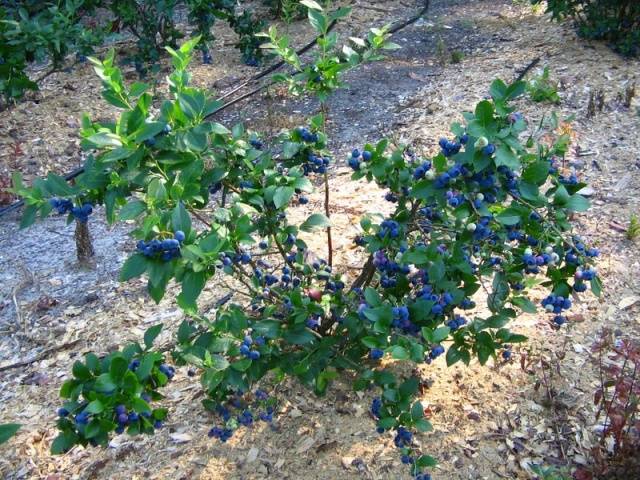

Yield indicators, fruiting dates
North Blue blueberry descriptions mention its self-fertility, but many gardeners still advise planting several bushes of culture nearby. Due to cross-pollination, the yield increases significantly, and a lonely bush gives only a third of the berries out of the total number of flowers. In addition, observations show that the fruits on plants surrounded by neighboring blueberry bushes are sweeter and more tender. North Blue bears fruit steadily every year, from 1.2 to 2.5 kg of berries are harvested from the bush per season.
Signal berries are formed under good conditions and in the first season after planting. Experienced gardeners recommend allowing blueberries to grow wood and break off ovaries. The bush enters fruiting in the 2-3rd year.
Scope of berries
Blueberry fruits are useful fresh or in the form of fresh juice. Jam, compotes are harvested from berries, frozen. Used as a fragrant filling in pies.
Disease and pest resistance
According to the characteristics of the variety, North Blue blueberries are not susceptible to diseases such as anthracnose, moniliosis, white spot, gray rot, which affect berry bushes. The plant is protected from aphids, various caterpillars and ticks, grub larvae.
Advantages and disadvantages of the variety
The clear benefits of the shrub contribute to its spread:
- frost resistance;
- high consumer qualities of fruits;
- yield of a relatively compact bush;
- decorativeness of the plant.
The exactingness of a sunny planting site is attributed to the disadvantages of the variety.


Late varieties
Late varieties should be grown in regions with long warm summers. As a rule, bushes grow and bear fruit best in the south of the country.
Nelson
Bushes of the Nelson variety reach a height of 1.3-1.6 m.The shoots are powerful and tough, the shape of the plants is round and spreading. The yield is 5-6 kg.
Berkeley
A vigorous and spreading Berkeley variety suitable for individual and industrial cultivation. The bushes reach a height of 1.8-2.1 m and yield 4-8 kg of harvest. The fruits begin to ripen from mid-August.
Brigitte Blue
Garden blueberry with the name Brigitte blue grows well in moist soil and sunny areas. Fruiting begins from the 4th year of life and is about 6 kg from each planting.
Boniface
Boniface blueberries grow on tall bushes with strong, upright branches. The size of the fruit is medium or large, the shape is round. The ripening process begins at the end of July.
Meader
The Mider variety is valued for its active growth and increased resistance to damage by pests and diseases. Shrubs up to 2 m high are grown as fruit and ornamental plantings.
Jorma
Jorm shrubs reach a height of about 1.5 m. Fruits are juicy and large, ripen throughout August. The frost resistance of the variety is -27 degrees.
Elliot
The Elliot variety, which brings up to 8 kg of yield, is valued for its amicable ripening, which begins from the third decade of August. Eliot's bushes are tall, upright, with vertically arranged branches.
Geographic distribution
The garden blueberry variety Aino belongs to the heather family and is a successful result of Finnish selection. This variety appeared on the market in 1998 and became extremely popular due to its taste and frost resistance. The plant is attractive because it is suitable for planting and cultivation in areas with a temperate and cold climate, as it can withstand low temperatures down to -35 ° C.
Did you know? Wild blueberry varieties live on average about 80 years, and only in the 10th year of life begin to bear fruit. Selected species of tall blueberries will give a harvest from the 4th to 5th year of life.
Growing blueberries in the regions
The yield index and the specifics of the development of blueberry bushes are largely influenced by the conditions of the region. The climate and weather in a particular area, as well as the type of soil, often become important criteria when choosing a variety for growing.
Northwest Russia
In the North-West of the country, including the Leningrad Region, it is recommended to plant only early and medium ripening varieties. Restrictions are associated with short warm summers. Planting berries with a long ripening period can lead to the death of the crop due to the onset of frost.
Middle zone of Russia
In the middle lane, it is advisable to grow blueberries, which begin to bear fruit from the middle of summer. Experienced gardeners prefer new varieties, for example, Country, Rankokas, Finnish. This choice is explained by increased frost resistance, up to -30 degrees of frost.
Growing blueberries in the Urals is a common phenomenon among gardeners. The climate of the region is well suited for winter-hardy berry crops, which makes it possible to consistently receive a large harvest.
Ukraine
In Ukraine, blueberries grow in swampy areas and on scree. Gardeners are actively propagating culture in their summer cottages. The country's climate allows you to grow a large number of varieties and not face difficulties.
Belarus
In most cases, gardeners grow mid-season varieties of blueberries in Belarus. The climatic conditions of the country provide an opportunity to have time to harvest the entire crop before the first autumn cold snap.
Buy saplings of Putte blueberry.
We guarantee the quality of blueberry seedlings and are responsible for their safety on the way. Thanks to professional packaging and a closed root system, blueberry seedlings reach every region of the country in excellent condition.


Buy blueberries with delivery by Russian Post - it's safe! According to our long-term statistics, the average delivery time is:
| Our company is a FEDERAL CORPORATE CLIENT of the Russian Post, according to the agreement with the Russian Post, our parcels are handed over only to the Main Post Office (and not to the regional post offices!), Which reduces the delivery time, and are sent out of turn! We take into account the nuances of the mail and know when it is better to hand over the parcels so that they leave our city on the same day (at least the next day) and go to customers. |
The average cost of shipment by Russian Post is 300-350 rubles, airmail shipment by EMS is on average 1500-1800 rubles.
Answers to frequently asked questions:
2... We do not trim shrub seedlings to the size of the box and do not remove strawberry leaves (plants tolerate shipping with leaves very well!
3... Whenever possible, we try to take into account your wishes about the delivery time, so that you have the opportunity to choose a suitable time for landing (favorable weather has established in the region, prepared a place for landing, etc.)
4 ... We do not buy plants and do not hire hired workers: we grow, assemble and pack the plants ourselves - very meticulously, carefully and scrupulously - we work for quality, not speed! Sometimes, because of this, you need to wait a little for your order - be patient!
5... Thanks to professional packaging, strawberries in parcels never wrinkle, bushes never break!
6 ... All plants are grown in the Urals (north of the Perm Territory) in open ground in the zone of risky farming, adapted to difficult climatic conditions. For example:
- end of October 2020: no snow, temperature -16-18 ° C; - January 2020: during the week it costs -45g C; - June 1, 2020: it is snowing, etc.
The Ural weather constantly brings such surprises to us, but the species and varieties of plants we have selected live, grow, bloom magnificently and bear fruit gorgeous no matter what!
7... Working with LIVE plants in considerable volumes, sending them to the most remote regions of the country and even abroad, we extremely rarely receive quality claims (there were only 4 of them in 2020!), Therefore, if, for some reason, the plants suffered during shipment, we can afford to resend the plants to the customer for free!
8 ... Within 1-2 days after sending the parcel, we will provide you with the track number for tracking it (message to phone and e-mail). In addition, we ourselves track your shipment and inform you of its arrival at the specified post office. You don't have to worry about where the package is.
Planting garden blueberries
When planting seedlings, it is enough to follow a simple step-by-step instruction. It includes the following actions:
- Before planting, the roots of the seedlings are soaked in water for 10-20 minutes.
- A planting pit is dug at the site, the bottom of which is treated with peat or sawdust. Sulfur or malic acid is used to acidify the soil.
- Prepared seedlings are placed in the pits and the roots are gently straightened.
- The root collar is deepened by 5 cm.
Blueberry care
The key to obtaining a healthy and large harvest is adherence to agricultural techniques and regular care of the plantings. Garden blueberries need basic care, which should include irrigation, fertilization, shrub formation, and preventive spraying against pests and diseases.
Watering
At the summer cottage, the bushes should be watered 2 times a week, spending a bucket of water for each plant. Irrigation is best done in the evening, after sunset. From the moment of fruiting and the formation of new flower buds, more abundant watering is allowed. Depending on the amount of precipitation and the rate of absorption of liquid by the roots of the plants, the frequency of irrigation can be adjusted. It is important to avoid a lack of water at the roots, as this can lead to drying out and a reduction in yield..
Top dressing
Fertilize berry crops from the second year of life. In the spring, the shrubs are fed twice with mineral fertilizers - when the buds swell and 1.5 months after the first application. In autumn, phosphate fertilizers are used, which the plants need after harvest.
It is also periodically required to acidify the soil. To do this, you can perform treatment with vinegar, citric or malic acid.
Pruning
Shrub formation consists of removing old leaves, damaged and dry branches. It is recommended to prune the plantings in the spring, after the risk of recurrent frosts has disappeared. You can also prune in the fall 2-3 weeks before the onset of a cold snap. In the case of the autumn formation of young seedlings, it may be necessary to use a covering material.
Reproduction
The most common way to propagate a berry is to use lignified cuttings. For the purpose of reproduction, shoots are harvested in winter, when they are dormant. Annual shoots are ideal, which are tied in bunches and stored in the refrigerator or under the snow.
In the spring, cuttings with a length of no more than 15 cm are cut from the harvested shoots. The lower cut is made oblique, and the upper cut is horizontal. Then the lower base is dipped in a growth stimulator and deepened into the ground in prepared beds. The rooting procedure is recommended to be carried out in greenhouse conditions.
Blueberry pests and diseases
Despite the resistance of blueberries to diseases, unfavorable environmental conditions or violation of the rules of care can provoke the development of infections. For berry crops, powdery mildew, gray rot, anthracnose and moniliosis are dangerous. It is possible to eliminate the consequences of diseases and reduce the risk of re-manifestation with the help of treatment with fungicidal preparations.
Among the harmful insects, blueberries are affected by moths, beetles, and leafworms. You can notice signs of a pest infestation by the appearance of spots and holes on the foliage and stem. In order to prevent the death of a large number of crops, you should regularly inspect the plantings and take protective measures immediately after the detection of parasites. Large insects can be harvested by hand, and spraying with insecticides is required to control the rest.

